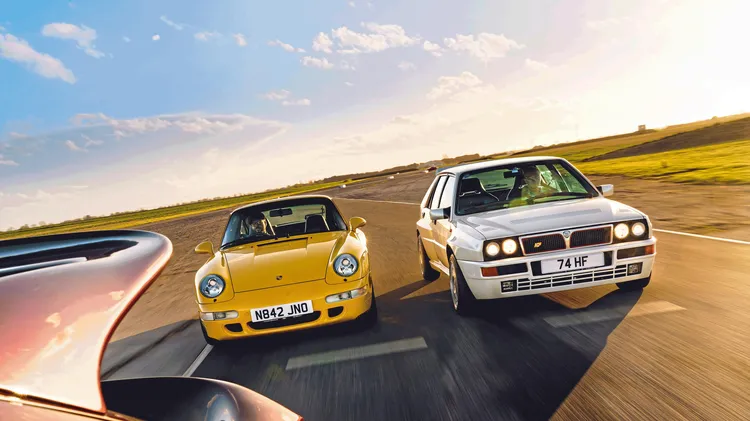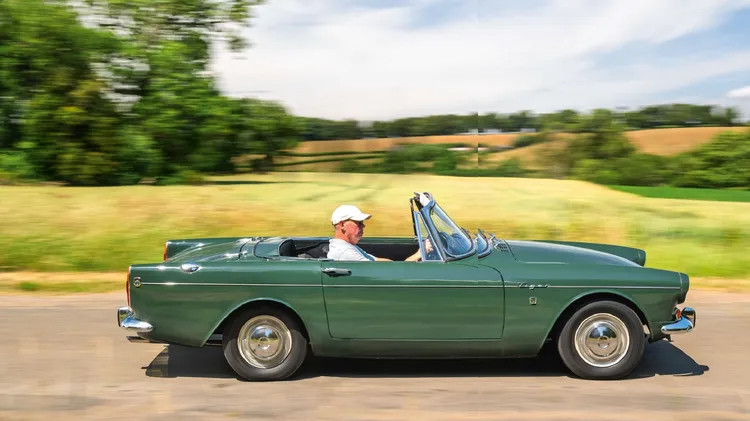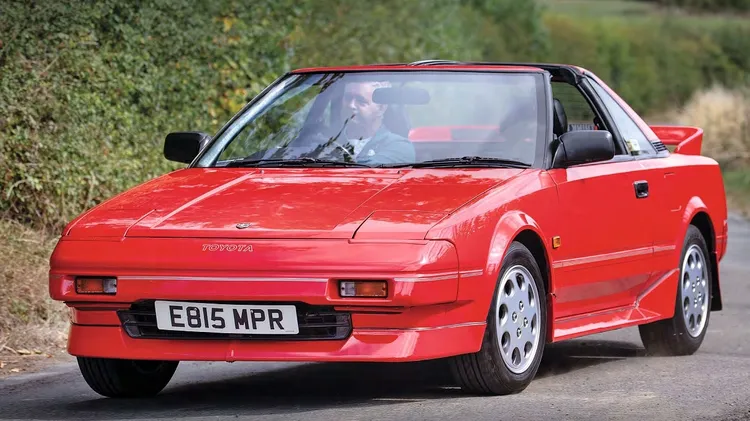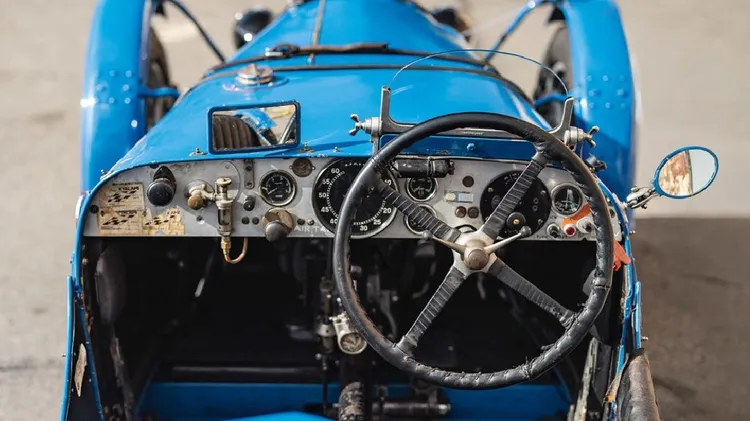Pontiac’s Tempest was packed with improbable engineering and inge
Back to a different future
9 min read
This article is from...
Read this article and 8000+ more magazines and newspapers on Readly






